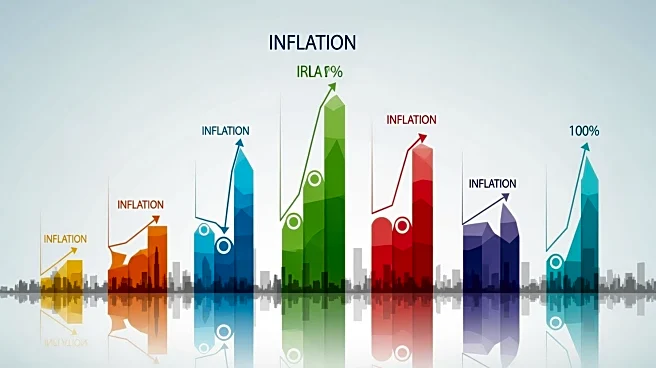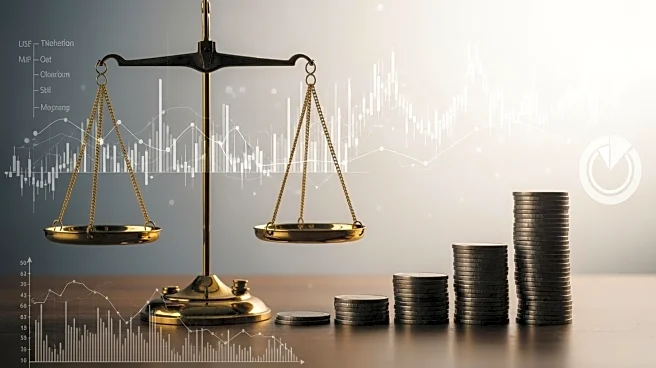What's Happening?
Inflation rates in the United States can vary significantly across different regions due to local economic conditions, demographics, and other factors. The annual inflation rates and core inflation rates are closely monitored by policymakers, businesses,
and consumers. Inflation impacts the prices of various goods and services, including groceries and energy. Rising fuel costs have been a notable area of inflation, attributed to factors like increased demand, reduced supply, and geopolitical tensions. Understanding regional inflation trends is crucial for analyzing economic health and making informed decisions.
Why It's Important?
Regional variations in inflation can have significant implications for local economies. Differences in inflation rates can affect consumer purchasing power, business costs, and investment decisions. High inflation in certain regions may lead to increased living costs, impacting household budgets and reducing disposable income. Businesses may face higher production costs, which can be passed on to consumers, further driving inflation. Policymakers must consider regional inflation trends when designing economic policies to ensure balanced growth and stability across the country.
What's Next?
Policymakers may need to address regional inflation disparities through targeted economic measures. Adjustments in interest rates, fiscal policies, and government spending can influence regional demand and mitigate inflation risks. Monitoring inflation trends at the regional level will help stakeholders plan major purchases and protect finances. The Federal Reserve's actions and economic indicators will be closely watched for signs of potential recession or market instability.
Beyond the Headlines
Regional inflation variations can lead to long-term shifts in economic growth and consumer confidence. High inflation may discourage saving and investment, essential drivers of sustained economic growth. Understanding regional inflation trends helps make better financial decisions to protect money and investments during inflationary periods.














